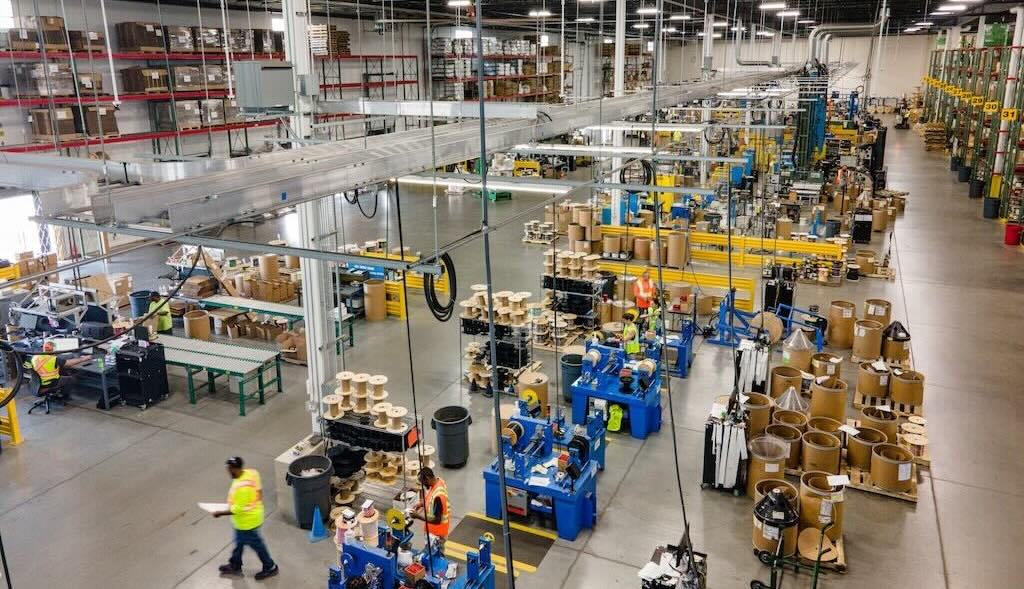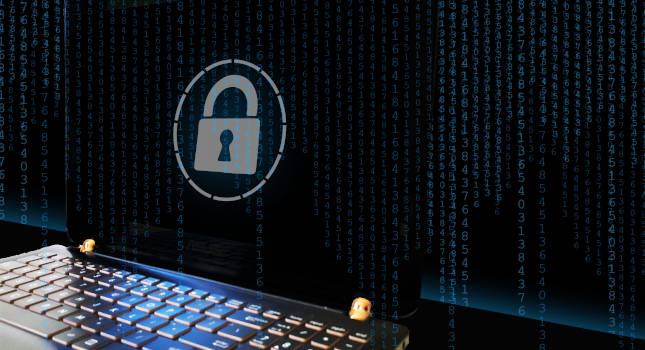Eaton expert cites dangers to employees, economy from fake products
Counterfeit electrical products present serious health and safety risks to consumers and to the electrical industry. These products can overheat or cause short circuits, leading to fires, shocks or explosions that can cost people their lives and produce considerable property damage. Although counterfeit products are often less expensive than legitimate products because the manufacturers cut corners, they also present long-term economic risks related to safety and their negative impact on legitimate manufacturers.
To make end users more aware of this issue, Eaton Corporation has developed seven tips aimed at helping facility owners and contractors identify counterfeit electrical products. The tips can help customers as they take inventory of their current stock and prepare for purchasing in the New Year.
“While there are laws against counterfeiting in many countries, detection is sometimes difficult and enforcement is lax,” said Tom Grace, brand protection manager, Eaton’s Electrical Sector. “Legitimate manufacturers, distributors and customers must work together to prevent unsafe products from entering the supply chain and causing harm to people and property. By following these tips, customers can become more confident that their facility is free of counterfeit products.”
- Buy authentic: The best way to avoid counterfeit electrical products is to purchase products from the manufacture’s authorized distributors or resellers. There is a higher risk of counterfeits if one cannot trace the path of commerce to the original manufacturer.
- Verify authentication: When possible, use tools provided by the original manufacturer or certification organizations to verify electrical products are authentic. This can be done while purchasing, or for products currently owned. Eaton’s new Circuit Breaker Authentication (CBA) tool is designed to allow customers to detect if Eaton molded circuit breakers (MCCBs), up to 400 amperes, are counterfeit. By entering the bar code, part number and date code found on the circuit breaker, the CBA tool is intended to immediately verify authentication. To learn more, or download the CBA tool, visitwww.eaton.com/counterfeit.
- Scrutinize labels and packaging: When purchasing an electronic product, check for certification marks from organizations that certify the quality and performance of electrical products. Avoid products that lack any identifying branding label or affiliation. Be leery of additional markings or labeling not applied by the original manufactures with missing or poor-quality labels, out-of-date product codes and non-genuine packaging. As counterfeiters become more sophisticated, counterfeit products become even more difficult to detect this way, creating an increasing need for additional scrutiny.
- Avoid “bargains”: When shopping for electrical products, avoid “bargains” that seem too good to be true. Compare the price of that product to a similar product at a different retailer. If it seems too good to be true, the odds are it is.
- Pay close attention to products purchased: Quality control is often lacking in counterfeiting operations, so you may be able to spot a counterfeit simply based on its workmanship. If it is a product that is purchased habitually, compare the quality and the price of that product at a different retailer. Be cautious of products that seem flimsy or are noticeably poorly made.
- Make sure everything that should be there, is there: Counterfeit products often don’t include supplementary materials such as owner’s manual or product registration card. Sometimes counterfeiters do not include all the parts that should come with the product, or some parts will be from a different manufacturer.
- Report suspected counterfeits: If a product is suspected to be counterfeit, it is recommended to contact the brand owner. This will allow authentication of the suspect product and ensure that the potentially unsafe product is removed from the market place. Contact Eaton at [email protected].
“Stopping the sale of counterfeit products is everyone’s responsibility—manufacturers, distributors, resellers (authorized and unauthorized) and customers alike,” said Grace. “Implementing these tips into inventory and purchasing practices is a big way for customers to help keep counterfeit products out of their facilities and the demand for counterfeits down.”



